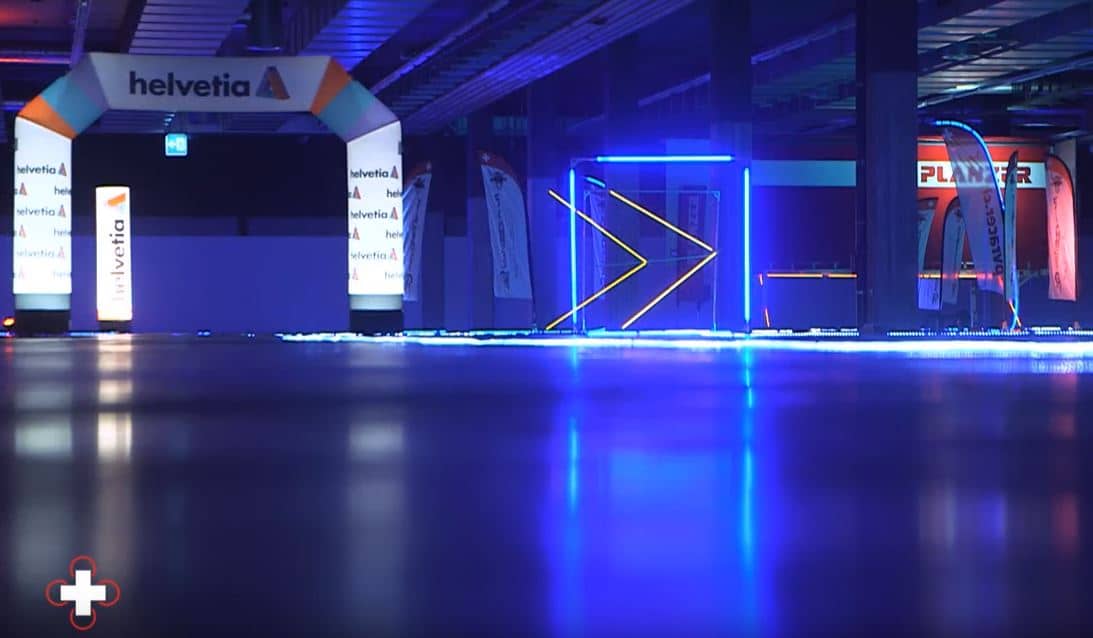Frequently Asked Questions
What are drone races?
FPV-Drone Racing is a new high-speed racing sport which combines the virtual and the real world. The pilots steer their racing drones – also called “quadcopters” – as fast as possible through secured three-dimensional race tracks at indoor and outdoor locations. The aim is to fly around the obstacles or maneuver through so-called “gates”. The winner is the one who manages this successfully and leaves the competition behind in the final runs. The drones are specially designed for speed, agility and performance. A camera is attached to each drone. The image from the camera is automatically transmitted in real time to special FPV (First Person View) goggles – as well as to screens for the audience – which the pilot wears in each case. The pilot sits in the cockpit and controls his drone LIVE via remote control. Ultimate action is omnipresent, because the drones reach a speed of up to 160 km/h.
What is it like to fly with a racing drone?
Most camera drones use integrated sensors to continuously stabilize flight and keep the aircraft balanced. By definition, these components prevent drones from acting too aggressively or “rolling over.” Racing drones, however, require just such aggressive maneuverability, meaning that they operate in an unassisted mode known as rate mode. This makes them incredibly fast and agile – but also harder to control. Although there are months of practice to master, after that the rate mode allows skilled pilots complete freedom to perform aerobatics and tricks as well. Flying an FPV drone at high speed is an extremely intense as well as immersive experience.
What is the Swiss Drone League (SDL)?
The Swiss Drone League (SDL) is the drone racing series of Switzerland. Spectacular races with the best pilots in Europe thrill the audience at stunning venues across the country. The Swiss Drone League (SDL), is the official Swiss league for drone racing. The Swiss Drone League combines eSports, VR and physical racing into a unique spectacle and creates the connection from the digital to the real world. The SDL holds 4-6 races annually across Switzerland. The best drone pilots in Switzerland and the best pilots from Europe participate in the one to two day races. Up to 40 pilots (aged 14 to 54 and of both sexes) try to complete a race course as quickly as possible in order to collect points for the overall ranking. They fly around obstacles with daring maneuvers and a speed of up to 160 km/h.At each tour stop there are points to be won, which flow into an overall ranking. The competitions take place at trade fairs, events or in/at exciting locations as indoor or outdoor races.
Who can fly in the Swiss Drone League?
Anyone can become an FPV pilot. There are no special requirements, but technical interest and technical knowledge are an advantage. There is no typical FPV pilot and everyone is welcome. In the Swiss Drone League, anyone who meets the requirements of the rules and fills out and signs the liability waiver (minors by legal guardian) is allowed to participate. Participation is possible regardless of residence, age and gender.
How does a Swiss Drone League race work?
1. Pilot briefing
Each competition day begins with a briefing, in which the pilots are informed about the course of the day. Special features such as FPV frequencies, weather forecast, adjustments in the rules (due to weather or technical problems with the track equipment) are announced here. Subsequently, a track inspection will take place.
2. Qualification:
If a qualification takes place (depending on the number of participants), the qualifying runs will take place in groups of 4. The pilots start in intervals of a few seconds after each other and try to fly a best possible lap time. A good time in the qualification brings advantages in the knock-out rounds, because the best placed pilots of the qualification meet again in the quarter finals at the earliest. There are usually at least three qualifying rounds in a qualifying event. Depending on the type of event, but also more or less.
3. Knock-out
The knock-out rounds start as soon as the qualifications are completed and the grouping is done. In the knock-outs usually the 32 best pilots from the qualification start in groups of four at the same time on a start signal (pilot number may be adjusted). Also in the Knock-outs a time measurement is carried out. However, this is only decisive if discrepancies arise. Say several pilots crash and a decision criterion is needed. It is flown in the Double-Knock-Out system. The two pilots who cross the finish line first will advance directly one round. The third and fourth placed pilots fall into the Loosers-Line. They still have a chance to make it to the final, but have to survive two additional rounds. If a pilot fails to make it into the top two a total of two times, he is eliminated from the race. In the penultimate round, two pilots from the Loosers-Line still have a chance to get into the final with the two pilots who have completed all rounds as first or second so far.
What makes the Swiss Drone League so attractive for sponsors?
This new sport has enormous potential for innovative sponsors and partners. Interested parties can benefit not only from many exciting sponsorships, but also from the emerging hype. Creative integrations in and around the race track are possible. Gates and obstacles of any kind, shape, size and color can be integrated to be perceived not only with boards or logos but also with objects or products/product associations/inflatables. For example, the pilots fly through the logo triangle of Helvetia Insurance or fly around the Toshiba advertising pillars. Before the start of each race, for example, the Hörmann garage door opens first where the camera in the garage captures the growing excitement before the start, thus authentically showcasing Hörmann’s product. With the recordings of the drone cameras and up to 14 TV cameras, picture and video material is obtained from each race, which allows the partners to provide best-of videos in each case. With over 250 crashes per race weekend, there is also always enough footage where the sponsors’ branding can go ultimately viral. In addition to on-site appearances, the partners also rely primarily on the diverse digital sponsorship services with social media, the live stream and best-of videos, as well as the TV presence. For the sponsors, SDL gives the opportunity to associate and position themselves with a digital, innovative, trendy and precise sport. Furthermore, with a commitment to the SDL, one can use the entire topic of “drones” in one’s favor with a broadly effective platform. Another advantage is also that sponsorship is viewed extremely positively in the drone community, as everyone is aware that only with the help of partners can this sport be taken to the next level.
Is there an option of customer or employee events as part of the SDL?
Yes, the VIP packages for customer and/or employee events include a separate VIP area for the guests as well as a guided pit lane tour (incl. meet + greet), flight animations (cab co-flight, drone simulator and flying drones yourself in the fun course) and, of course, suitable catering.
Can venues apply for an SDL tour stop?
Yes, because important partners are also the locations where the SDL races take place. In principle, any trade fair, any location and any place with enough space is suitable for a race. For the partner the race brings not only a fascinating additional attraction for the visitors and revitalization of any empty spaces, but also an exciting topic that can be used for marketing. Since the SDL also wants to bring the topic of drones in general closer to the public, it is even more exciting for the location partners to host the SDL.

